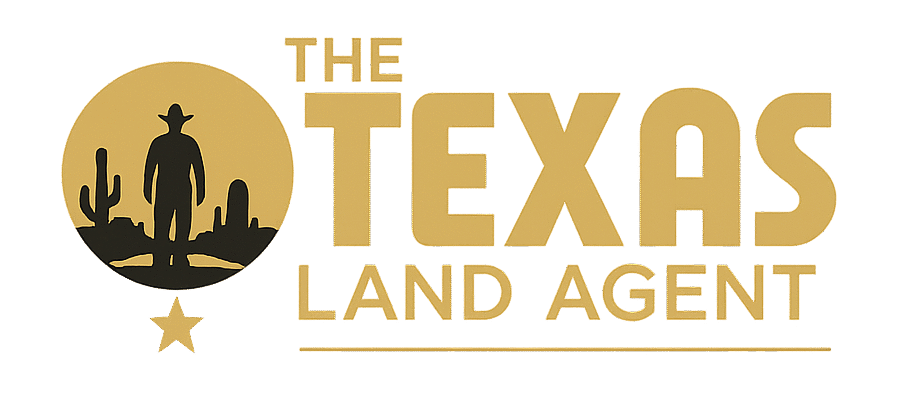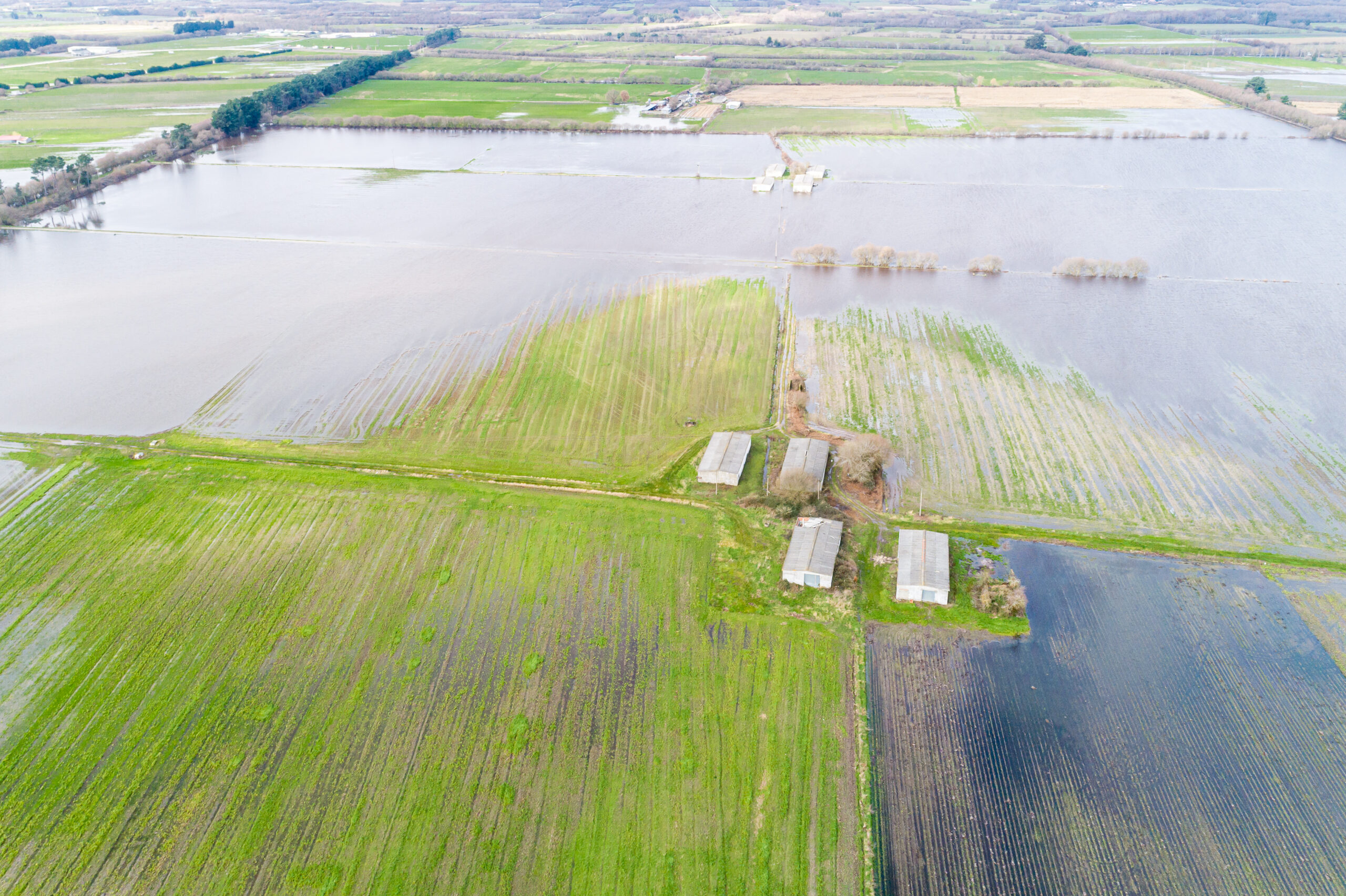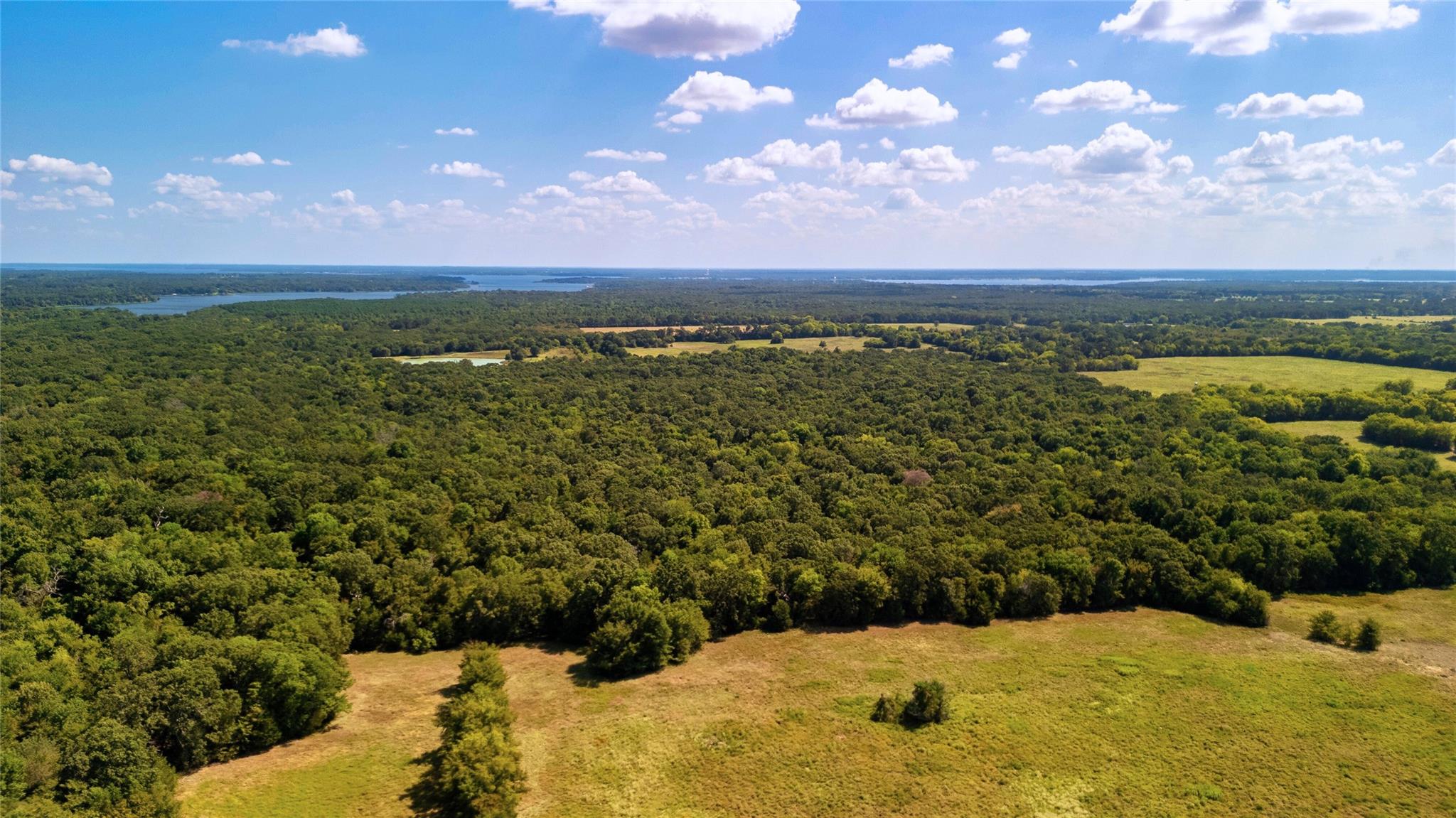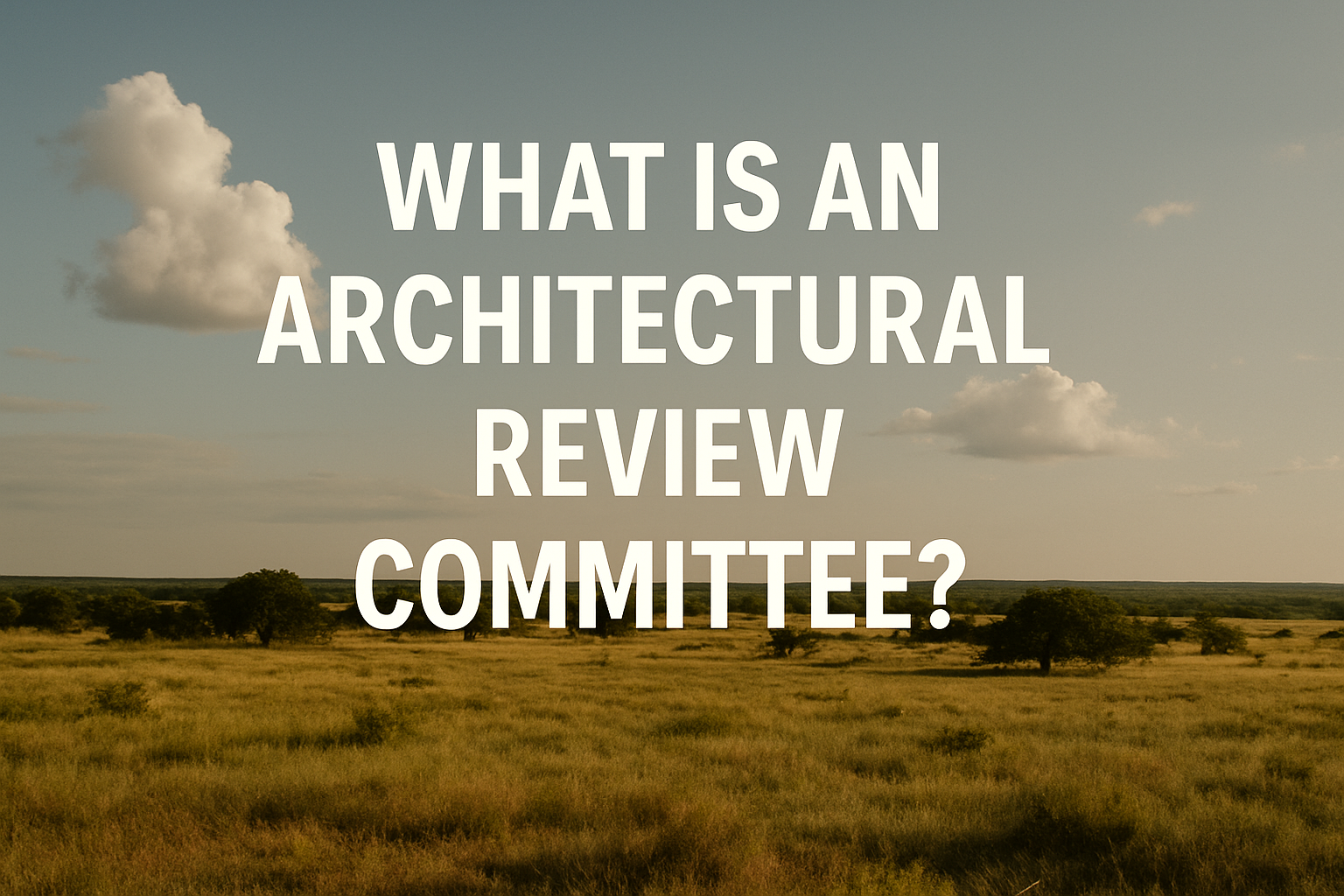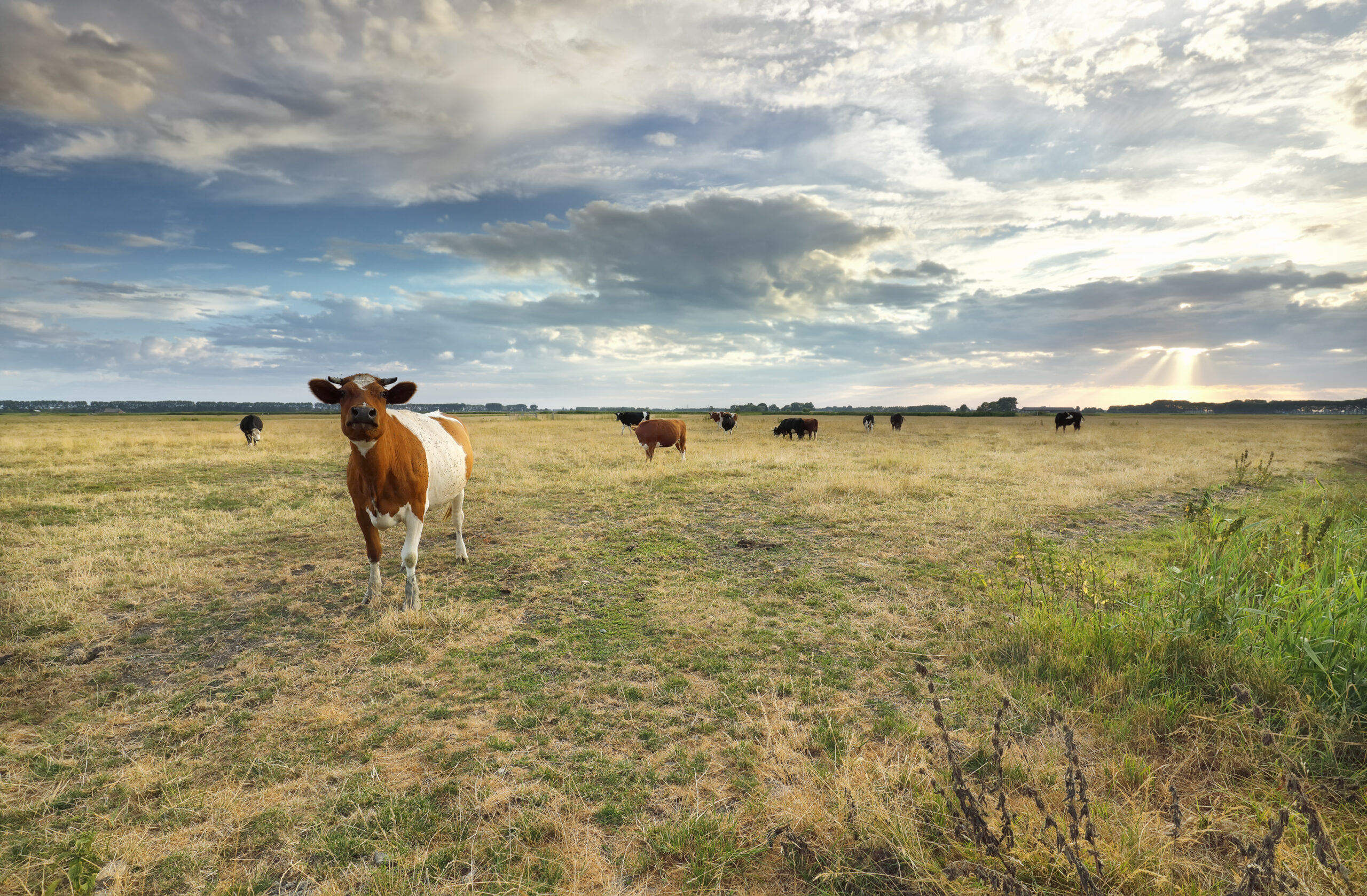Floodplain land isn’t just about risk—it’s about opportunity.
Key Takeaway
Floodplain areas on Texas ranches can be strategically utilized for conservation, agriculture, and recreation, turning potential liabilities into valuable assets.
What Are Floodplains and Flood Zones?
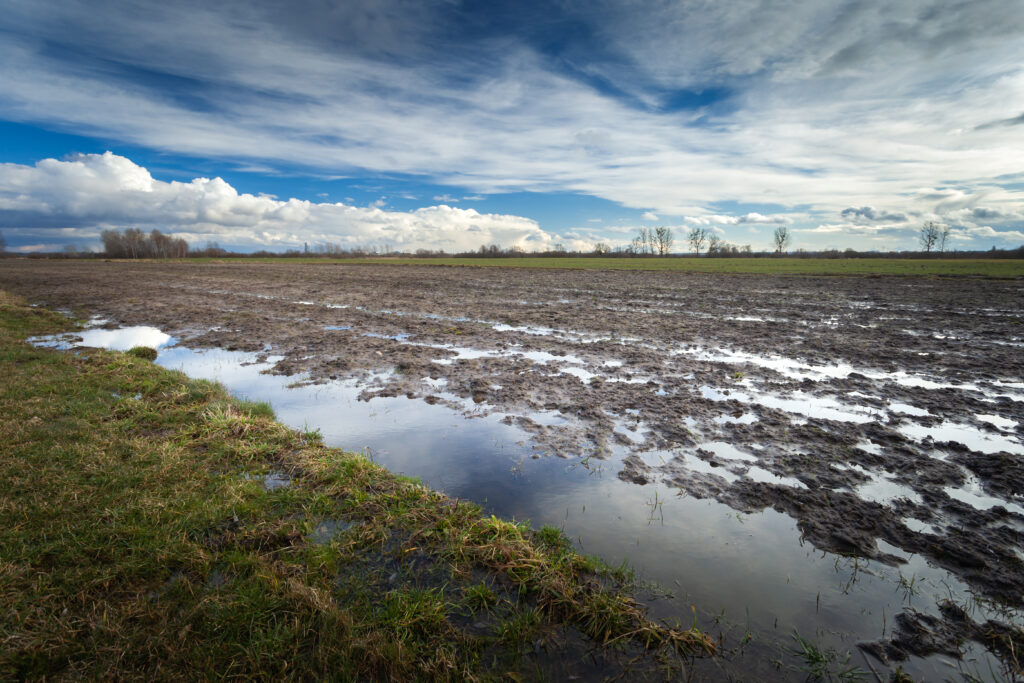
A floodplain is a generally flat area of land next to a river or stream that is prone to flooding during heavy rainfall or when rivers overflow. FEMA (Federal Emergency Management Agency) maps these zones to identify flood risk and guide land use decisions.
Flood zones are classified into several categories:
- Zone A: High-risk area without detailed flood elevations.
- Zone AE: High-risk area with base flood elevations determined.
- Zone VE: High-risk coastal areas with additional wave hazard.
- Zone X (shaded): Moderate risk areas.
- Zone X (unshaded): Minimal risk areas.
Knowing your zone helps determine insurance requirements, development limitations, and proper land use planning.
Strategic Uses for Floodplain Land
Texas ranchers and landowners are increasingly turning to adaptive strategies that embrace, rather than avoid, floodplain areas.
1. Agricultural Opportunities
Floodplains often contain nutrient-rich soils due to sediment deposits from flooding. This makes them ideal for:
- Seasonal crops that can tolerate temporary flooding
- Hay production
- Grazing pasture during dry seasons
Certain grasses and cover crops are particularly well-suited to these conditions. Managed correctly, the land can produce valuable yields with minimal input.
2. Recreational Development
Rather than risk expensive permanent structures, many landowners develop low-impact recreational features:
- Nature trails and boardwalks
- Hunting blinds and fishing docks
- Campgrounds or RV spots
These projects add lifestyle value and income potential without violating floodplain regulations.
3. Conservation and Wildlife Habitat
Floodplain areas are ecological hotspots, supporting diverse flora and fauna. You can:
- Partner with land trusts or conservation programs
- Create wetlands or riparian buffers
- Qualify for state and federal conservation grants
Maintaining these areas can improve biodiversity and even boost neighboring property values.
4. Timber and Silvopasture
Some bottomland hardwood species like pecan, oak, and cypress thrive in floodplain settings. Integrated silvopasture systems can combine:
- Tree rows with grazing lanes
- Erosion-resistant root systems
- Managed timber harvesting
This dual-use system increases productivity while protecting soil and water quality.
Regulatory Considerations for Texas Landowners
Floodplain development is tightly regulated to prevent downstream impacts and ensure safety.
Permits You Might Need:
- Local floodplain permits through city or county offices
- State water rights or diversion permits from TCEQ
- Army Corps of Engineers 404 Permits for any fill or dredging
Engineering and Compliance Tips:
- Hire a certified floodplain engineer or hydrologist
- Ensure elevation certificates are up to date
- Use permeable materials and natural landscaping for runoff control
Floodproofing Construction:
If building in a flood zone, consider:
- Elevating foundations on piers or fill
- Using flood vents or breakaway walls
- Raising utilities and using moisture-resistant materials
Financial Incentives and Risk Mitigation
Flood Insurance
- Required for structures in Zones A, AE, or VE with federally-backed loans
- Can reduce premiums through elevation certificates or community CRS participation
Tax Benefits
- Conservation easements can reduce property taxes
- Wildlife management plans allow for agricultural valuation
- NRCS programs may offer cost-sharing for habitat restoration
Neighborhood FAQ
Q: Can I build a home in a floodplain area?
A: Yes, but you’ll need elevation data, possibly special permits, and may have to build above base flood elevation. With that said, check with the county as we are seeing more counties add rules around building a home in a flooplain.
Q: Will owning floodplain land affect my insurance rates?
A: Likely yes—properties in high-risk zones generally require flood insurance, and premiums vary based on risk. This will also come down to what you are insuring. Are you insuring your home? Is it in the flood plain? These are all things you want to look at and discuss with an insurance professional.
Q: Are there financial incentives for conserving floodplain areas?
A: Yes, through conservation easements, tax breaks, and government grant programs like EQIP or WRP.
Q: Do I need a special survey to understand my flood risk?
A: A licensed surveyor can provide an elevation certificate and identify your FEMA flood zone with precision.
Q: Is floodplain land harder to sell?
A: Not necessarily. Recreational buyers and conservation groups may find unique value in it, especially if it includes wildlife habitat or water features.
Conclusion: Rethink the Floodplain
Owning floodplain property doesn’t mean you’re stuck with unusable land. With the right knowledge and a proactive strategy, you can unlock hidden value through agriculture, recreation, conservation, and savvy land planning.
Get professional advice, check your zone, and turn what looks like a limitation into a long-term asset.
Looking for specific features or locations? Browse our curated selection of Texas land listings or contact our land specialists for personalized assistance finding your perfect property. Start your search here North 40 Land
